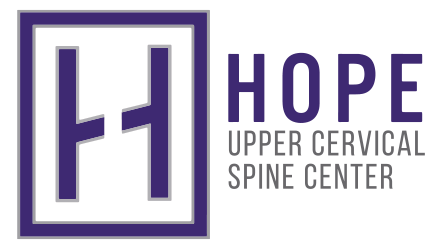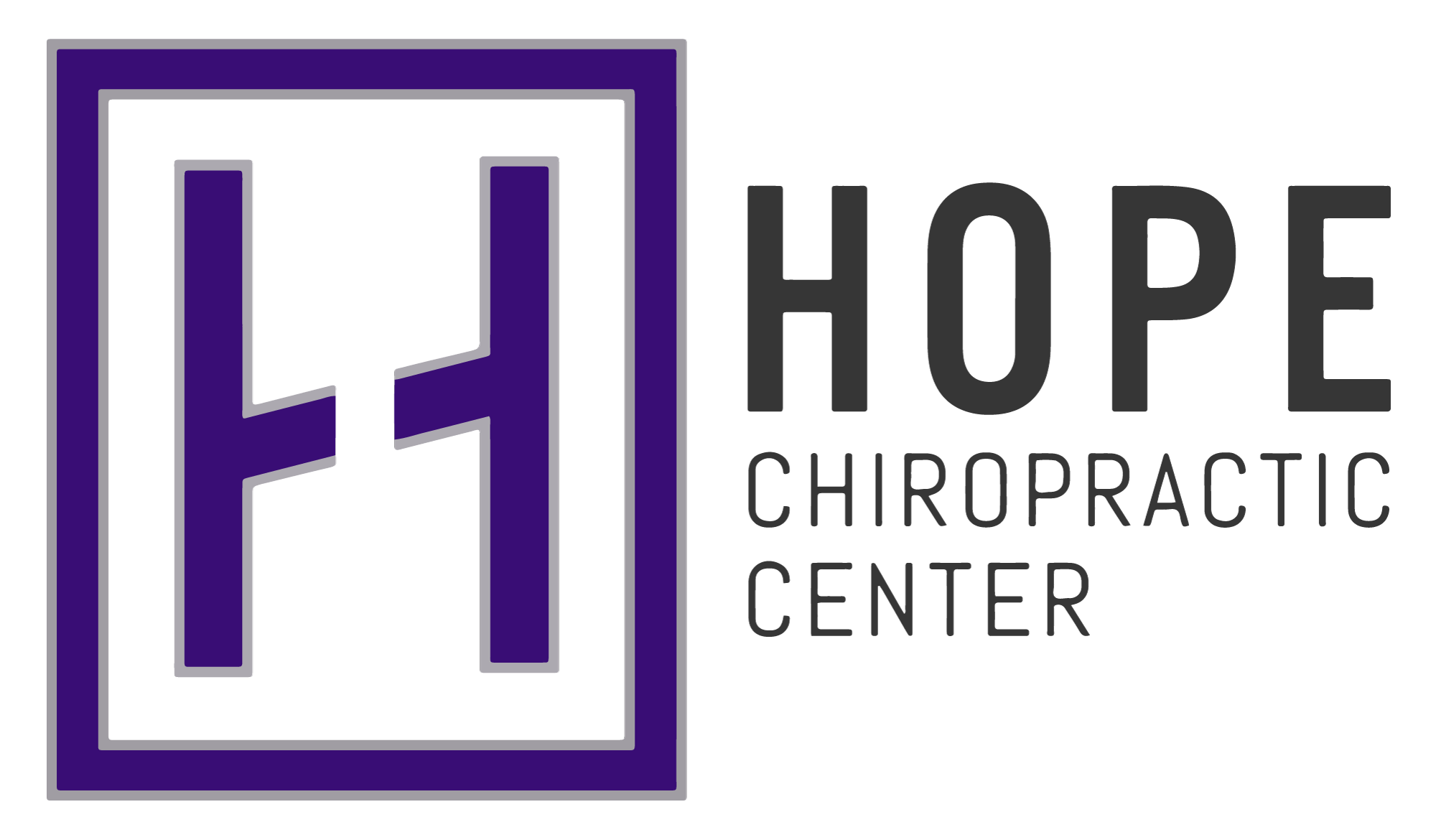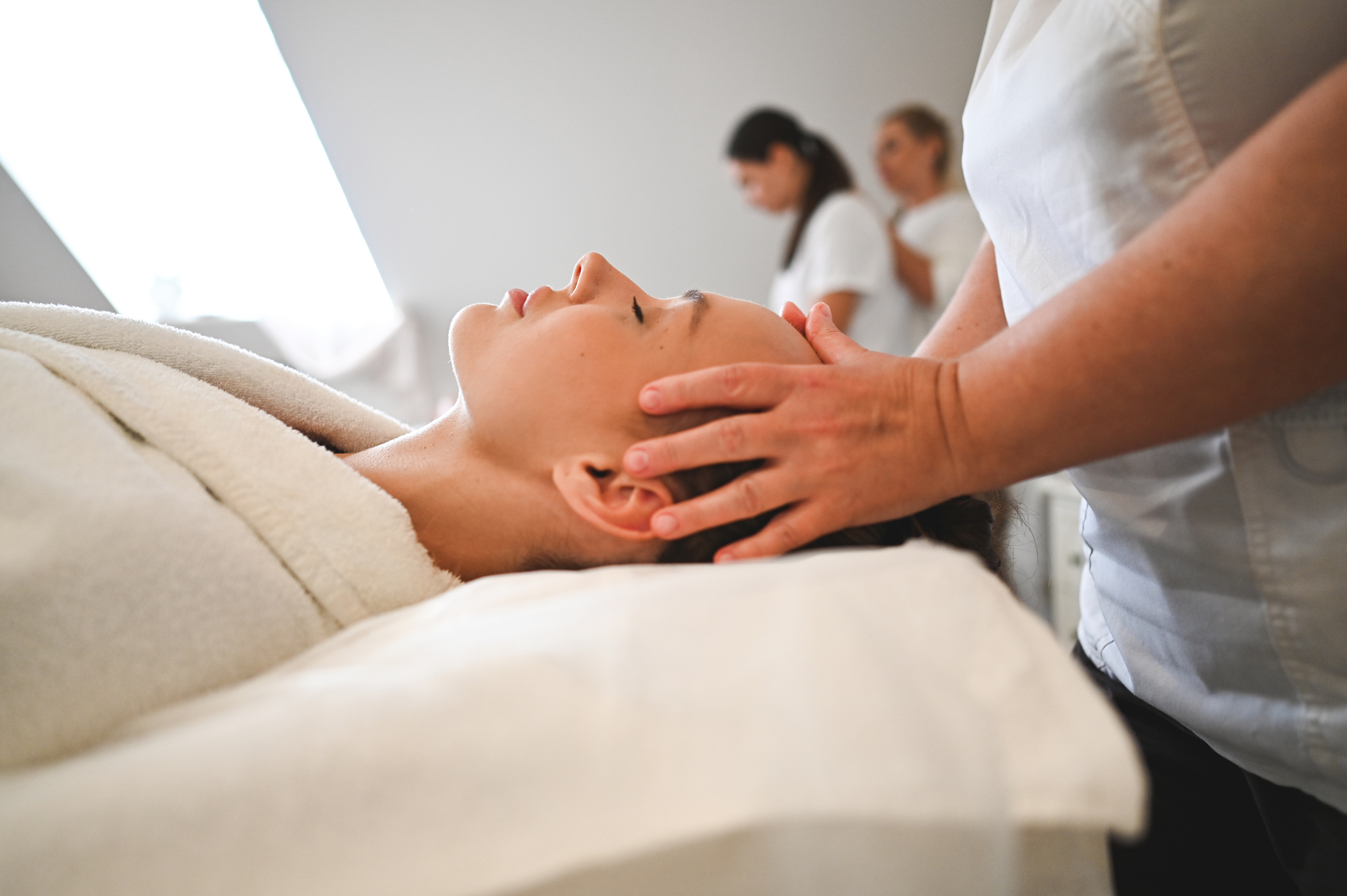Arthritis is a condition that affects millions of people, with symptoms ranging from joint stiffness and inflammation to chronic discomfort that interferes with daily activities. One of the most challenging forms of arthritis pain involves the upper body, where limited motion, tenderness, and tension can lead to difficulty sleeping, focusing, or even turning the head without discomfort. While many people turn to medication for relief, others are exploring supportive, natural methods that focus on improving movement and reducing pressure in the spine. For those dealing with this form of arthritis, there are care options that prioritize comfort, gentle techniques, and the body’s own capacity for mobility and balance.
Understanding this form of Arthritis
The neck is made up of seven vertebrae and a complex network of muscles, joints, and nerves that allow for a wide range of motion. In individuals with arthritis, particularly osteoarthritis or rheumatoid arthritis, the joints in this area can begin to deteriorate or become inflamed over time. This leads to stiffness, reduced range of motion, and aching that may spread to the shoulders, upper back, or even cause tension headaches.
What makes this form of arthritis so frustrating is that it’s often persistent. It can flare up in the morning, worsen with certain activities, or feel like a constant, dull throb. This is partly due to how arthritis affects cartilage and joint spaces, but it can also be linked to how the surrounding muscles react, tightening up to compensate for the lack of flexibility, further limiting mobility and increasing discomfort.
Restoring Motion and Reducing Joint Stress
While arthritis itself can’t be reversed, many people find relief by focusing on improving how their joints function within those limitations. The goal isn’t to “fix” arthritis, but to reduce the pressure that makes it worse. In the case of the upper body, this often means addressing areas where joints have become restricted, muscles are overcompensating, or posture is contributing to uneven strain.
A chiropractor in Southlake helps manage arthritis-related discomfort, typically involving gentle adjustments or mobilizations designed to restore a healthier range of motion in the cervical spine. These small corrections, over time, may reduce joint stiffness, ease muscle tightness, and help the body move more efficiently. Even slight improvements in alignment and mobility can reduce the sensation of discomfort and promote better function in daily tasks like driving, reading, or sleeping comfortably.
The Importance of Posture and Daily Habits
Many individuals living with arthritis don’t realize how much their daily posture affects their overall health. Hours spent looking down at a phone, leaning forward at a desk, or holding the head in a fixed position can put significant stress on the joints, especially when those joints are already weakened by inflammation or degeneration.
That’s why care focused on improving posture plays a big role in symptom relief. Patients often receive guidance on how to sit, stand, and sleep in ways that protect their upper body and promote healthier joint alignment. Strengthening the surrounding muscles, improving core stability, and practicing stretches tailored to the individual’s level of mobility can create long-term improvements. These are small changes that add up over time, allowing for better support and reduced irritation in the affected joints.
Natural Management Without Heavy Reliance on Medication
While anti-inflammatory medications and painkillers are often used to manage arthritis, they may not be a sustainable long-term solution. Some individuals experience side effects, while others simply don’t want to rely on prescriptions every day. For that reason, natural approaches are gaining popularity—not as a replacement for medical care, but as a way to reduce dependency on drugs and address the root sources of physical tension.
This care approach emphasizes gentle, hands-on techniques and complementary methods like therapeutic exercises, heat or cold therapy, and lifestyle education. By working to improve movement and decrease nerve irritation, many patients report reduced pain levels, fewer flare-ups, and a greater sense of control over their condition. Instead of masking symptoms, the focus is on fostering healthier mechanics that reduce the strain contributing to the discomfort in the first place.
Building a Supportive Routine for Long-Term Relief
Consistency is key when it comes to managing neck pain in Southlake. One-time adjustments or exercises may offer temporary relief, but long-term improvement often comes from building a personalized routine that supports the spine every day. This includes regular stretching, mindful posture practices, hydration, and scheduling check-ins when needed to ensure alignment and motion remain in balance.
Many individuals find that ongoing attention to their body mechanics not only provides relief but also helps with related issues like shoulder tightness, fatigue, and sleep disturbances. Even better, those with arthritis often report feeling more empowered in their care, knowing they are addressing the source of their discomfort rather than simply reacting to it.
Neck pain in Southlake can be one of the most limiting aspects of the condition, but there are ways to manage it that go beyond medication. By focusing on restoring motion, reducing joint pressure, and supporting overall spinal health, individuals can experience meaningful improvements in comfort and mobility. Gentle, natural approaches centered on body mechanics and alignment offer a path toward relief that’s sustainable, empowering, and tailored to the individual. With consistent care and attention, it’s possible to reduce the burden of arthritis and regain a greater quality of life—one small step at a time.


